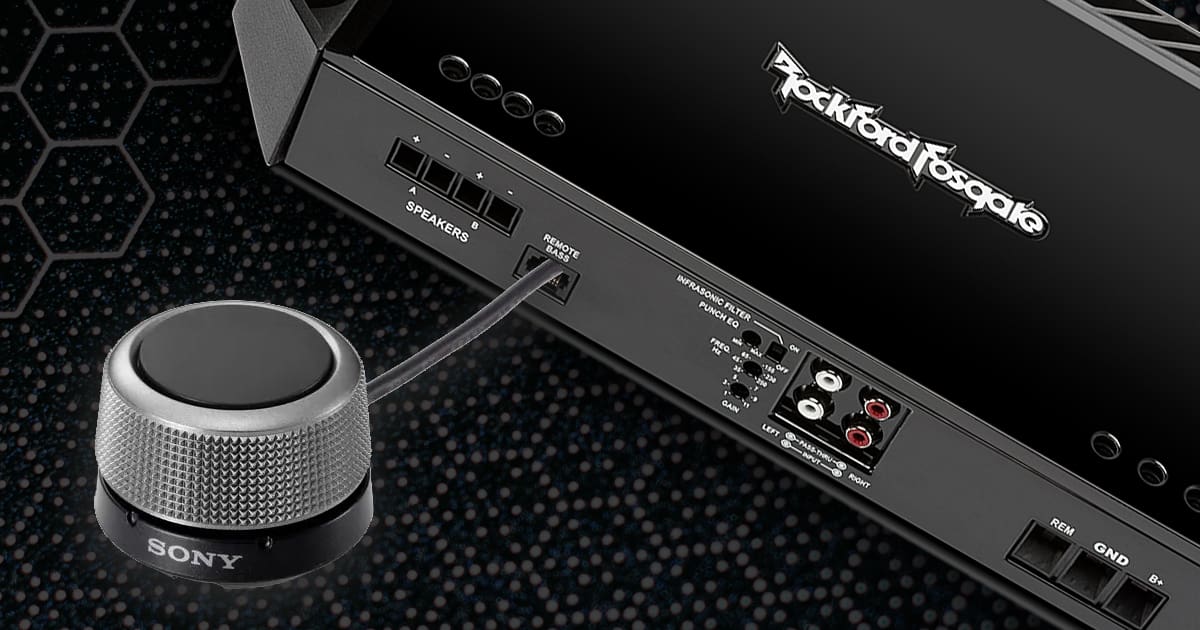Here are three sentences that make car audio experts cringe: “I set the gains halfway” is definitely at the top of the list. “Can I use a 60-watt amp with my 80-watt speakers?” demonstrates a complete misunderstanding of the irrelevance of power ratings. Something like “I tried the remote bass control from my Sony amp in my Rockford Fosgate amp” couldn’t be scarier. Can you imagine the potential for damage? Oh, maybe you can’t. OK, let’s talk about car audio amplifier remote level control compatibility.
What Is a Car Audio Amp Remote Level Control?
Many modern amplifiers, particularly monoblock subwoofer or multi-channel amplifiers with a dedicated high-power subwoofer channel, have an option for or include a remote level control. A level control or bass control is typically a tiny metal box or plastic enclosure with a knob on the front. Your installer can mount the control in the dash or center console so it’s easily accessible. Depending on the amplifier design, the level control might adjust the output of the amplifier, or it may alter a bass boost circuit. Some are fancy and include multiple knobs and a button. Some even include voltage displays and clipping indicators. Ultimately, these controls provide an easy way to adjust the bass level for different music or listening preferences.
The simplest of these controls use a potentiometer. Turning the knob on the potentiometer changes the resistance. In most amplifiers, the remote level control attenuates the signal from the source unit by creating a voltage divider. If you turn the knob up, you get all the signal from the amp. If you turn it down, you get either no signal or a specific percentage of the signal. How the level control works depends on the associated circuitry in the amplifier.
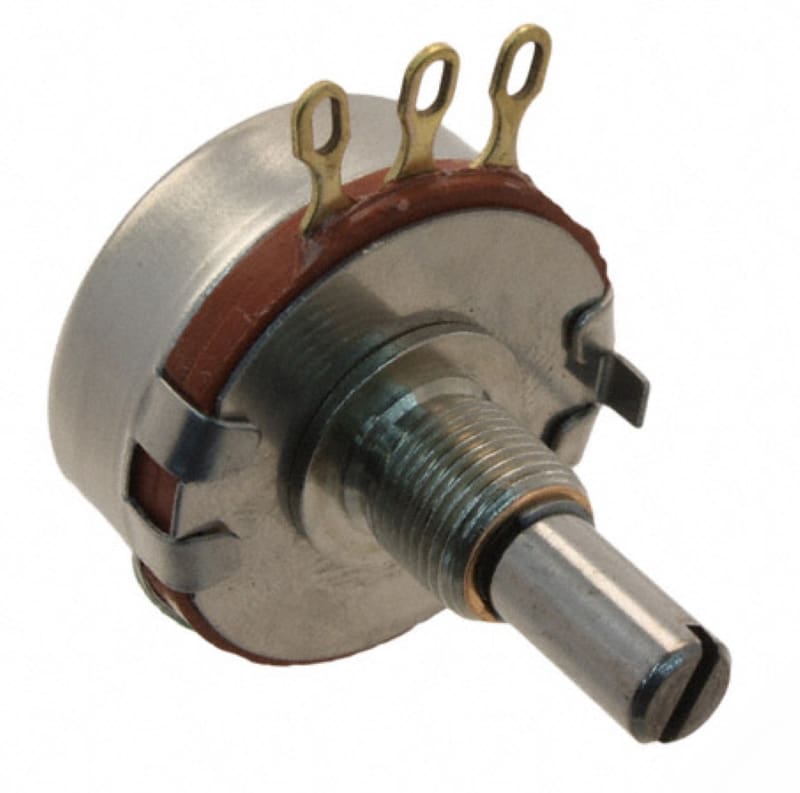
Most potentiometers have three terminals. The outer terminals connect to either end of a resistive element or path. The middle terminal connects to a wiper arm that’s connected to the adjustment knob. When you turn the knob, it moves the arm along the path. The resistance between one end terminal and the wiper connection changes as you turn it. If it’s turned close to one terminal, the resistance will be minimal. The resistance will be large if it’s turned far from one terminal. Potentiometers are sold based on the total resistance of the path or element.
Car audio amplifiers often use multi-ganged potentiometers for circuits like crossovers or level controls. These are multiple potentiometers connected to the same shaft. For example, if a stereo amplifier has a single sensitivity or gain control, separate potentiometers for the left and right channels would be needed. These potentiometers are mounted on a single shaft for convenience.
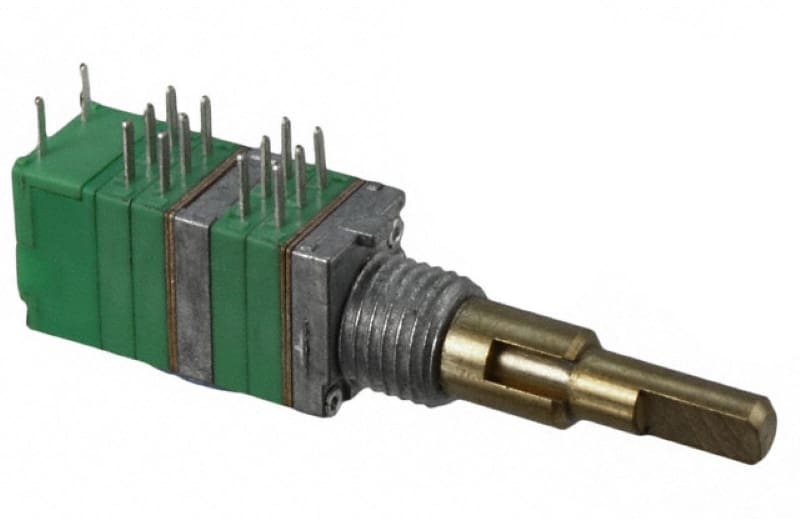
In applications where the remote control adjusts a bass boost, the minimum setting on the control usually applies no boost. Turning the control to its maximum applies 12 or even 18 dB of boost around a specific frequency. Once again, the amount of boost and center frequency depend on the amplifier’s design.
Level Controls for Digital Signal Processors
There’s a second type of level control dedicated to digital signal processors. Some companies have simple potentiometer-based controls that adjust an analog signal that feeds back to the microprocessor in a digital signal processor. The processor interprets the signal’s amplitude and then applies that to something in the processing path. The DSP software might allow the installer to configure the remote level control as a bass boost control, a subwoofer level control, a master volume control or even a center-channel level control. In these cases, the control itself is still a simple potentiometer. It’s the software in the processor that adds the flexibility.
Many processors also have compatible computerized level controls. Rather than analog signals or voltages, there’s digital communication between the remote and the computer processor in the DSP. These typically use communications with data lines, power, ground and possibly illumination connections.
Remote Level Control Connections and Wiring
Here’s where things get scary for those who understand basic electronic circuit design. Let’s start by discussing the different connections on modern amplifiers for remote bass or level controls. Typically, you’ll see an RJ45, RJ12 or RJ11 jack, or maybe a 3.5-mm or ¼-inch headphone-style jack.

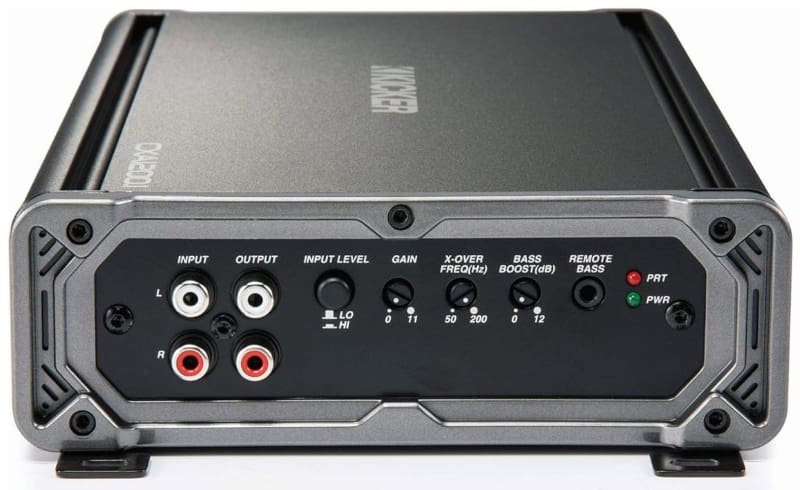
Simple Level Controls
The level control might require no more than two electrical connections if it’s a simple design. One wire would go to the potentiometer wiper and the other to a terminal at the end of the path or element. As the wiper turns, the resistance between the connections increases or decreases, increasing or decreasing the signal amplitude sent back to the amp.
Here’s the first opportunity for a remote level control from one amplifier to be incompatible with the circuitry from another amp. Let’s say you have a Rockford Fosgate remote, and its potentiometer has a 1,000-ohm rating. For some reason, you want to use it with a Sony amplifier. The Sony remote might use a 10,000-ohm potentiometer. It might work, but the effective adjustment range might be wrong. Worse, there could be a change in the circuitry function, which might boost the signal. This increase in amplitude could overdrive portions of the circuitry and cause massive amounts of distortion.
Wire Connections
The second instance where something might go wrong is that the remote level control and amplifier use a connector with more than two pins. It might have three, four, six or eight. Even if it only uses two connections, the pins must be in the proper position on the connector. The two connections could be backward and still work, but they must match the traces on the amplifier circuit board. In this case, you would likely get no output from the amplifier. If all three wires connect to the potentiometer, you may get all the signal or none of it.
What about a fancier remote that includes something like an LED that illuminates when the amplifier turns on? That LED will need power from the amplifier. It might be a low voltage in the 2.5-to-3-volt range or as high as 12 volts with circuitry on the circuit board in the remote. What if the pinout from a remote didn’t match that of another amplifier, and you feed 12 volts DC into an audio signal path? You could easily damage the amplifier. If the LED is expecting a low voltage, and you send it something substantial, you’ll burn it out instantly.
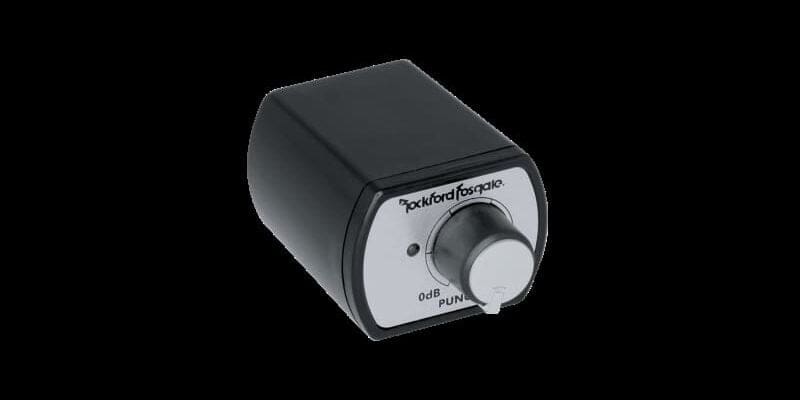
Completely Incompatible Remote Technologies
Below, you’ll see an image of the JL Audio DRC-205. This remote is designed for their FiX integration processors, TwK calibration processors or VXi-Series DSP-equipped amplifiers. It’s easily one of the best-looking remotes on the market. The remote includes two rotary controls, a multi-color LED and a pushbutton. The color of the LED can indicate which processor preset is loaded or what mode the device is in. The button can change the presets on a DSP. The rotary controls can serve as master volume control and subwoofer level control. Best of all, it’s easy to take the knobs off the remote and mount it neatly on the dash or in the center console of a vehicle. It can be upgraded with the optional VXi-BTC Bluetooth communicator to function wirelessly.
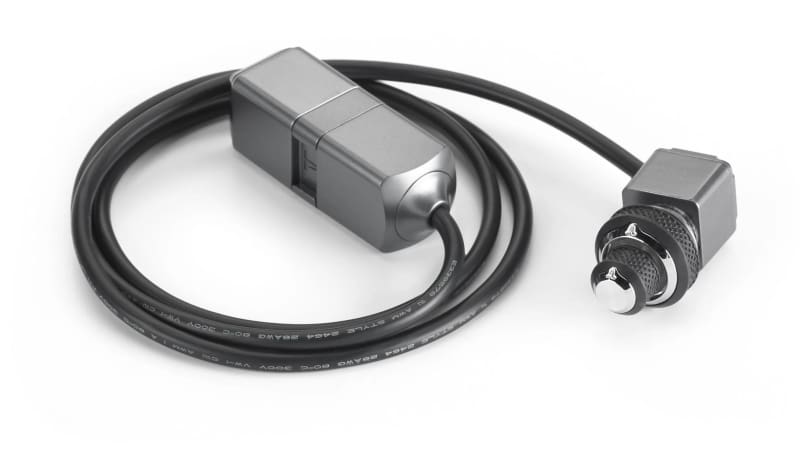
The DRC-205 uses a standard eight-position RJ-45 connector and CAT-5e network cables to connect to supported processors. Can you imagine the havoc that would ensue if you connected a conventional analog remote to the JLid port on a VXi amp or a DRC-205 to the remote level control port on a different brand of amplifier? The results would be instantly catastrophic.
Don’t Experiment with Car Audio Amplifier Remote Level Controls
We’ll wrap this up with an unambiguous statement: Never connect the remote level control from one amplifier brand to another. In addition, unless you’re sure of the compatibility, there may be issues with the compatibility of level controls from one series of amplifiers to another within the same brand. If you’ve lost the level control that came with an amp or need to purchase an optional one, get the specific unit designed for the amplifier you have. Don’t risk guessing. Drop by a local authorized retailer for the brand of amplifier you need the remote for. They can help you get the current part to ensure that everything functions properly.
